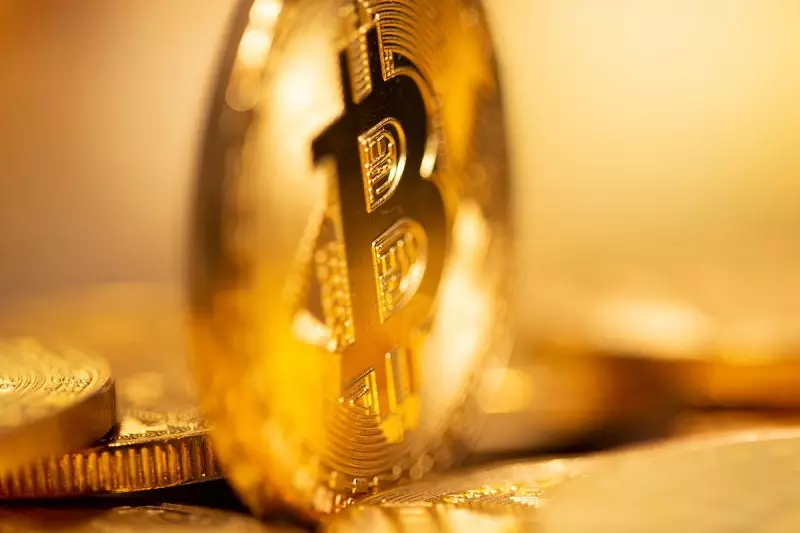The recent arrest of Pavel Durov, the mastermind behind Telegram, has sent shockwaves through the tech and cryptocurrency world. Accused of various serious charges including terrorism and money laundering, Durov now faces the possibility of spending up to 20 years behind bars. This unexpected turn of events has not only caused a stir in the media but has also had a significant impact on the native token TON.
Following Durov’s arrest, the price of TON plummeted by 15% and the total value locked in the blockchain decreased by a staggering 61.3%. This drastic reaction has not gone unnoticed, particularly in the world of social media and the crypto space. Notable figures such as Max Keiser have weighed in on the situation, emphasizing the security of Bitcoin in comparison to other cryptocurrencies like XRP and Cardano. Keiser’s comments have sparked a debate on the future of digital assets in light of Durov’s legal troubles.
Keiser’s assertion that Bitcoin is the only truly secure cryptocurrency due to the anonymity of its creator, Satoshi Nakamoto, raises important questions about the future of digital currencies. The belief that Bitcoin’s survival is tied to the outcome of cases like Durov’s adds another layer of complexity to the situation. Some skeptics even speculate that if authorities were able to uncover Nakamoto’s identity, Bitcoin itself could be in jeopardy. The possibility of Interpol getting involved in such matters only adds to the uncertainty surrounding the cryptocurrency market.
Despite the lack of direct connection between Telegram and Bitcoin, there are fears that a potential downfall of the messaging platform could have repercussions on the entire cryptocurrency ecosystem. The interconnected nature of the digital asset market means that one significant event can have far-reaching implications. The idea that government intervention in cases like Durov’s could set a dangerous precedent for cryptocurrencies is a valid concern that cannot be ignored.
As Pavel Durov’s legal battle unfolds and the implications for the cryptocurrency market become more apparent, it is clear that the landscape of digital assets is constantly evolving. The intricate relationship between technology, regulation, and public perception will continue to shape the future of cryptocurrencies. The arrest of an influential figure like Durov serves as a stark reminder of the risks and challenges facing this nascent industry. Only time will tell how this unfolding drama will impact the crypto space and whether Bitcoin’s position as the king of digital currencies will remain unchallenged.

